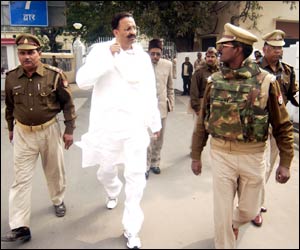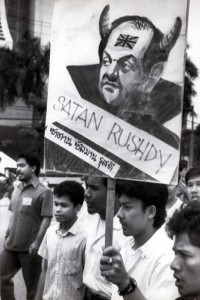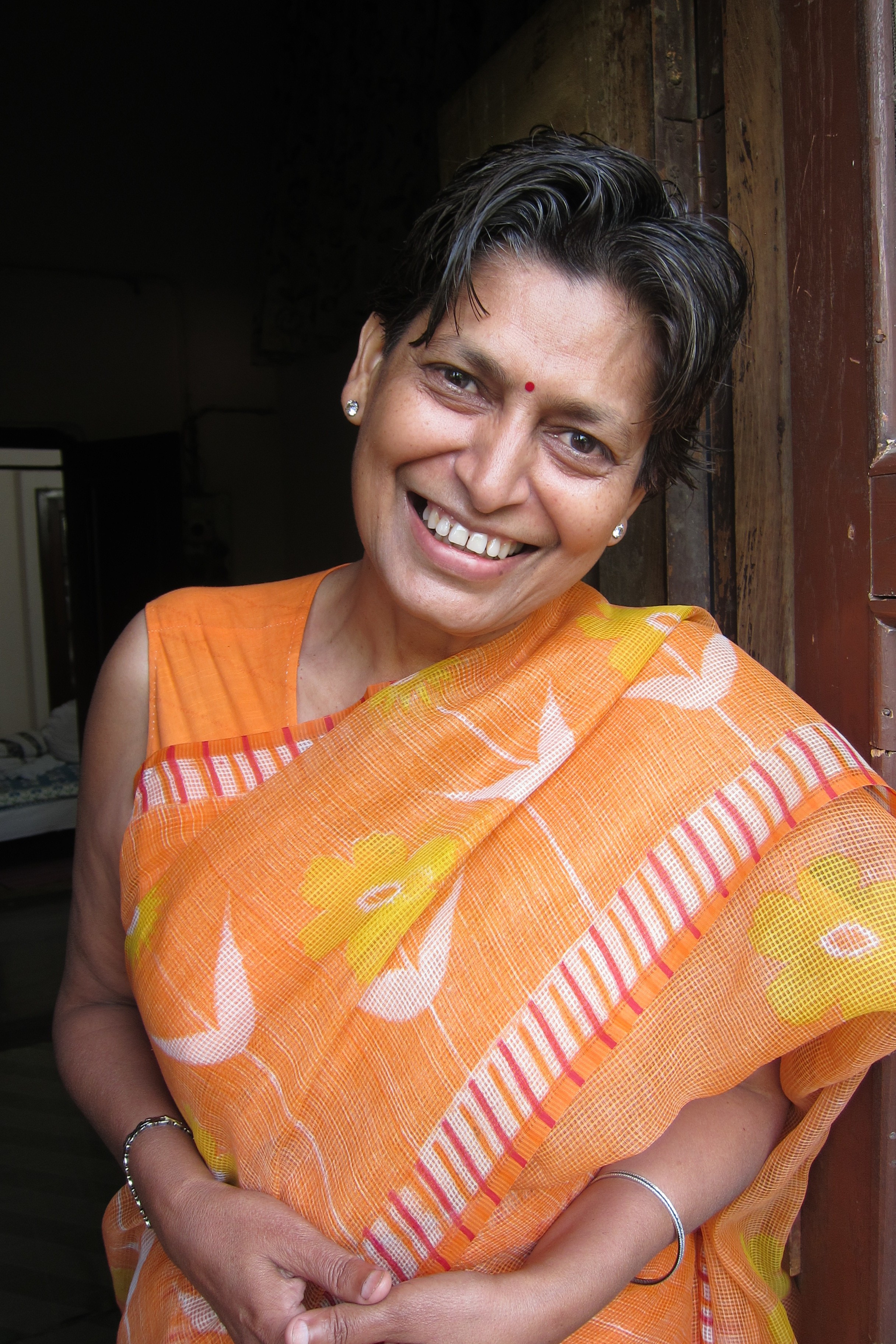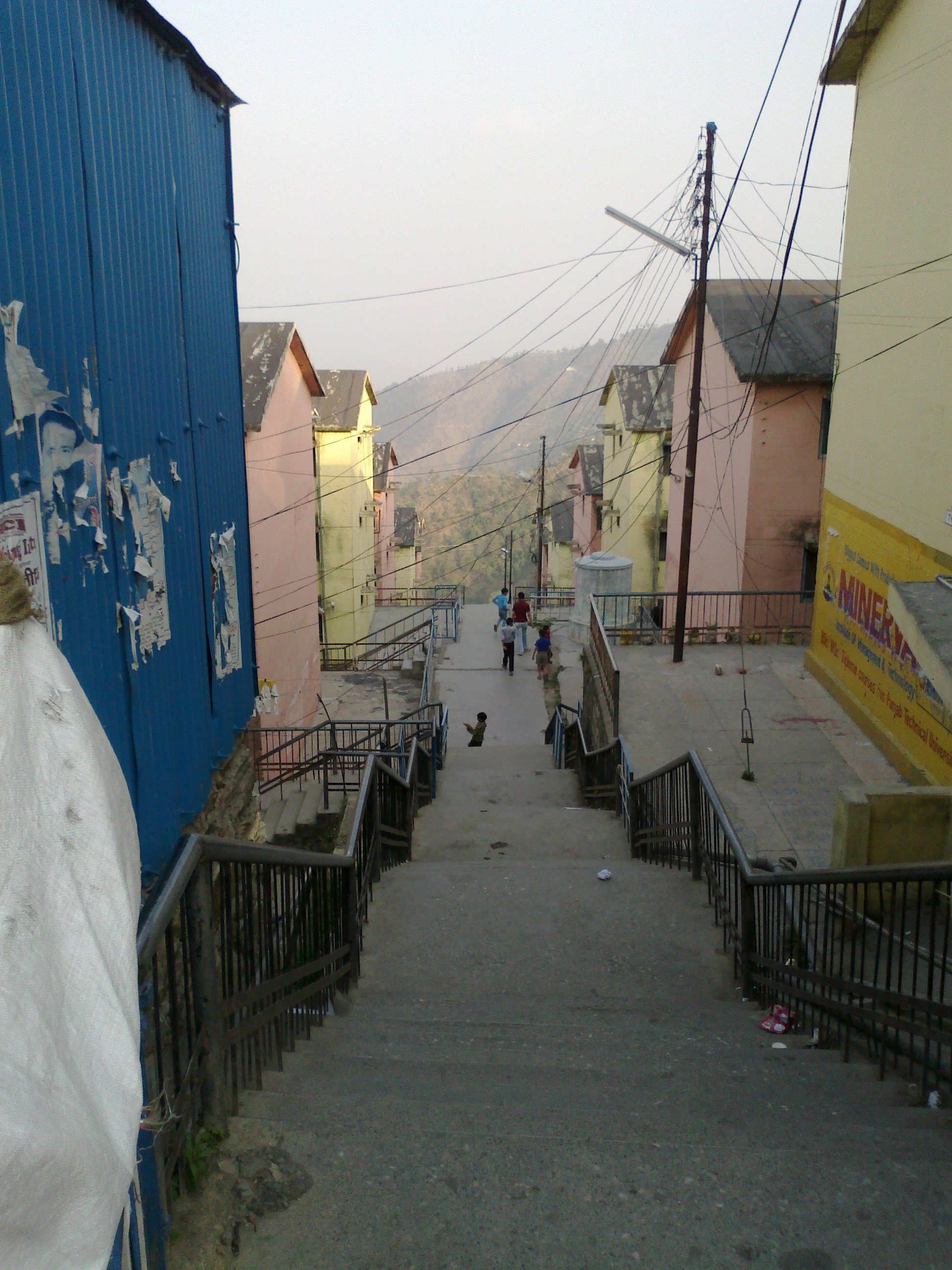Three from the NatGeo blog: On the trail of endangered pangolins from Africa to restaurants in China; wrestling as peacebuilding in South Sudan; and an unprecedented scientific investigation into neonatal death in Bangladesh, India, and Pakistan.
Hindu Right-Wingers Feasting in Gandhi’s Domain
I wrote in the New York Times a few months ago about the takeover of the Gandhian Institute of Studies in Varanasi, India, by a clique of so-called “academics” tied to the right-wing Rashtriya Swayamsevak Sangh. The RSS, a paramilitary organization with an estimated 5 million members, “actually was the inspiration and source of the Kill Gandhi and Hate Gandhi movement” that led to Gandhi’s assassination, according to Tushar Gandhi, a great-grandson of the Mahatma.
It’s ironic, Tushar told me, that the RSS “is attempting to grab an institution founded by Ram Manohar Lohia, a eminent follower of Gandhi and one of India’s leading socialist leaders.”
Now comes news that the grounds of the Gandhian Institute have recently been used to host a meeting of RSS leaders. Clips (in Hindi) after the jump.
It’s a world of fakes and charlatans — they’re in every city in every country. But still: The Gall.
Continue reading “Hindu Right-Wingers Feasting in Gandhi’s Domain”
Murder and Reform in Bihar
Two from Bihar, India’s poorest state, where the newspapers talk of a turnaround and the people keep watch for ruling party thugs. A Final Interview with Brahmeshwar Nath Singh, for the New York Times, looks at a high-caste militia leader, implicated in the murders of nearly 300 landless peasants. Brahmeshwar Singh was assassinated a few days after I spoke with him last summer. The Dark Side of India’s Mr. Clean, for Al Jazeera, explores the political realities that bind a genuine reformist politician to local despots and gangsters.
Swami Shivanand Breaks 36-day Fast for the Ganges

Details to come. I first wrote about Shivanand and his band of dedicated and embattled saints last December for National Geographic ( http://newswatch.nationalgeographic.com/2011/12/09/a-swamis-hunger-strike-ends-mining-on-a-stretch-of-the-ganges-river/ ) and the New York Times ( http://latitude.blogs.nytimes.com/2011/12/08/a-sacred-river-under-assault/ — http://latitude.blogs.nytimes.com/2012/03/21/indias-anticorruption-guru-anna-hazare-is-a-hunger-strike-opportunist/ ).
Shivanand is fearless, and says he’s not afraid of death. Just the same, I am very glad he’s alive.
India’s Massive Blackout, and the Environmental Danger to Come
The Great Indian Outage, stretching from New Delhi to Kolkata, comes just a day after 300 million people in northern India lost power for much of Monday.
It is a disaster that’s caused untold damage to India’s economy, its prestige, and its well-being – think of the millions of patients in hospitals, the commuters stuck on trains, and farmers in need of irrigation. Hundreds of miners in the states of West Bengal and Jharkand were trapped underground by the blackout. Some 300 trains were reportedly stalled across the country.
There’s more damage to come, I fear: Forces that have been bridling against environmental regulations and science-based activism will use the Great Outage as a cudgel to demolish future restraints on dam construction, coal mining, and other projects.
India’s humiliating power failure is sure to birth a slogan as reductive and wrong as America’s own “Drill Baby Drill.” Continue reading “India’s Massive Blackout, and the Environmental Danger to Come”
Book Love, from Egypt, India, & someplace over the Eastern Seaboard
“If you don’t blow your own horn, there is no music,” Jimmy Breslin, that great id of New York newspapering, said more than once (and I’ve quoted him more than once). And so: Here’s The Black Nile, profiled in The Egypt Independent. The book, “with its attention to fact and suspension of easy judgment, is the farthest kind of work from #Kony2012,” says James Purtill. And here’s The Black Nile on the summer reading list of India’s Sunday Standard magazine. And, lastly, an unexpected plug from indie publicist LuxLutus. More soon.
On Gandhi and Ganga
Two new pieces at the New York Times/International Herald Tribune: A River Runs Through It weighs the odds of a $40 billion cleanup of the Ganges River. The Gandhian Knot looks at the use and misuse of Gandhi’s name and image — and the takeover of a Gandhian institution by right-wingers.
Dying for the Ganges: A Scientist Turned Swami Risks All
This piece first appeared at National Geographic, and was updated Saturday night.
G.D. Agrawal is determined to die.
“At the moment I am quite resigned to my fate,” Agrawal, the 80-year-old dean of India’s environmental engineers, tells me by phone from his hospital bed in the holy city of Varanasi.
Agrawal hasn’t eaten since February 8. He hasn’t taken a drink of water since March 8; an intravenous drip of dextrose and vitamins keeps him lucid.

Continue reading “Dying for the Ganges: A Scientist Turned Swami Risks All”
India’s Gangster Politicians
 When Franklin Roosevelt appointed the business titan and former bootlegger Joseph Kennedy to head his new Securities and Exchange Commission in 1934, the U.S. president famously bragged that he had “set a thief to catch a thief.” If India’s politicians follow this strategy, its most populous state will be crime-free in no time.
When Franklin Roosevelt appointed the business titan and former bootlegger Joseph Kennedy to head his new Securities and Exchange Commission in 1934, the U.S. president famously bragged that he had “set a thief to catch a thief.” If India’s politicians follow this strategy, its most populous state will be crime-free in no time.
At least ten state assembly candidates in Uttar Pradesh are presently in jail awaiting trial on charges that include murder and racketeering. In the current assembly, 139 out of 404 legislators are free while facing criminal charges.
My latest, “In Indian Politics, Crime Pays,” is up at the New York Times/International Herald Tribune.
Book Burning and Climate Change
 Two recent pieces for the New York Times/International Herald Tribune‘s Latitude blog:
Two recent pieces for the New York Times/International Herald Tribune‘s Latitude blog:
India’s Political Blasphemy, on the Salman Rushdie affair earlier this month at the Jaipur Literary Festival.
Come Hell With High Water, on Bangladesh’s approach to global climate change.
Next up: India’s gangster parliamentarians.






